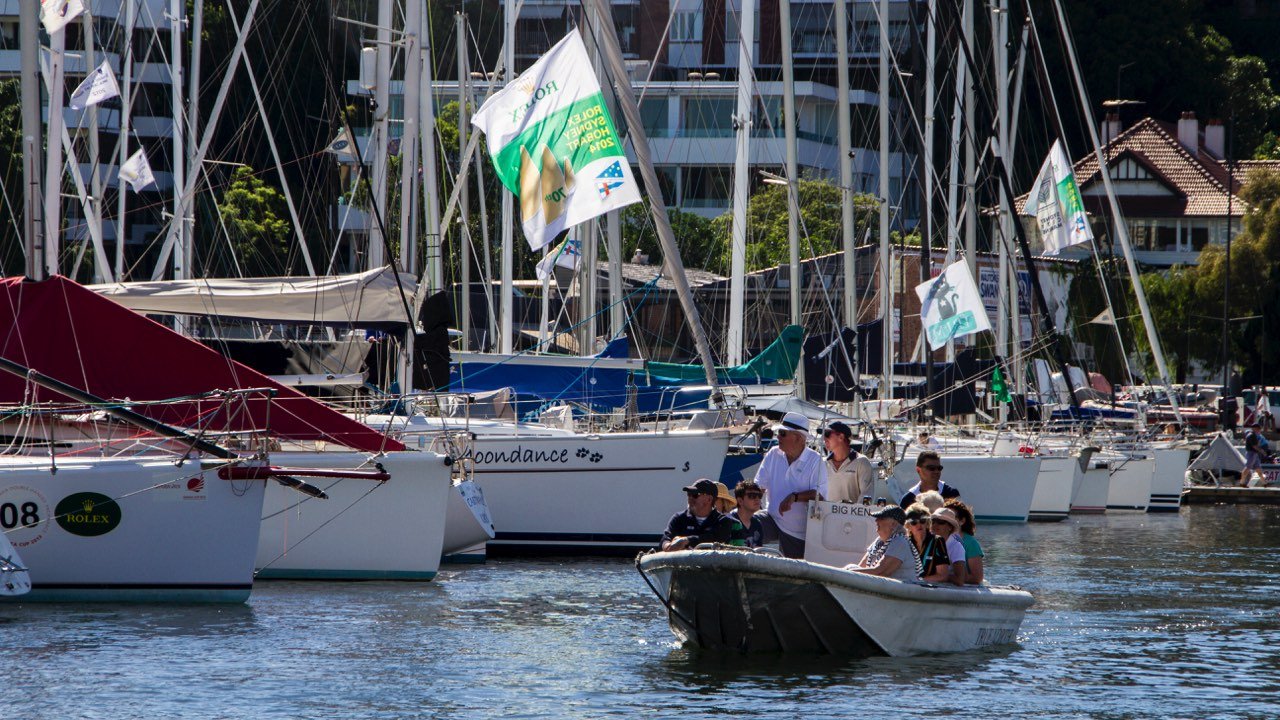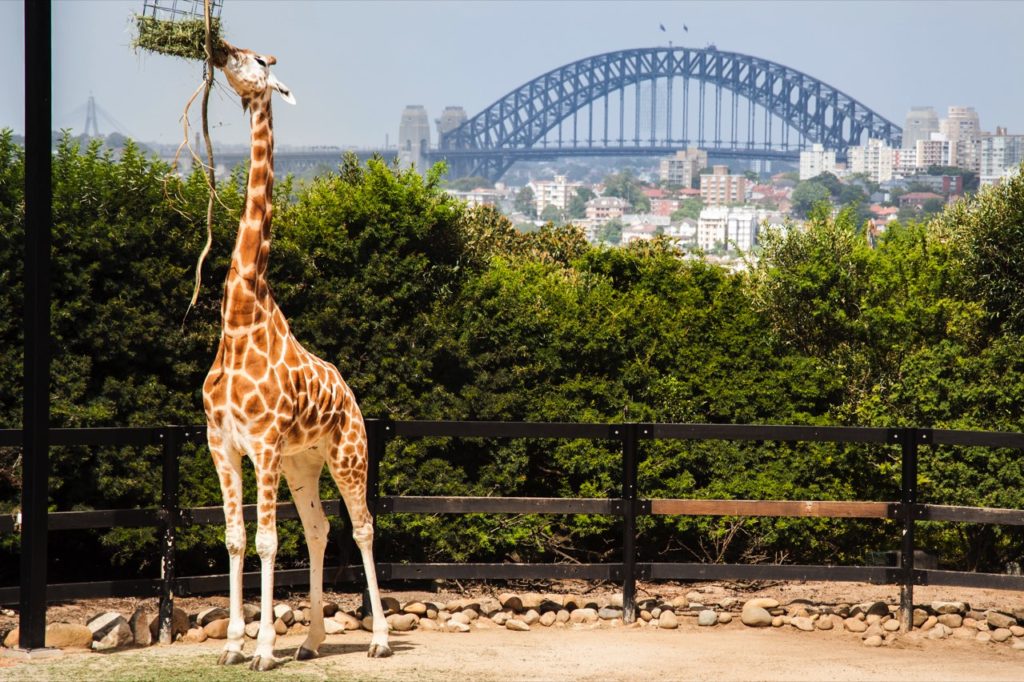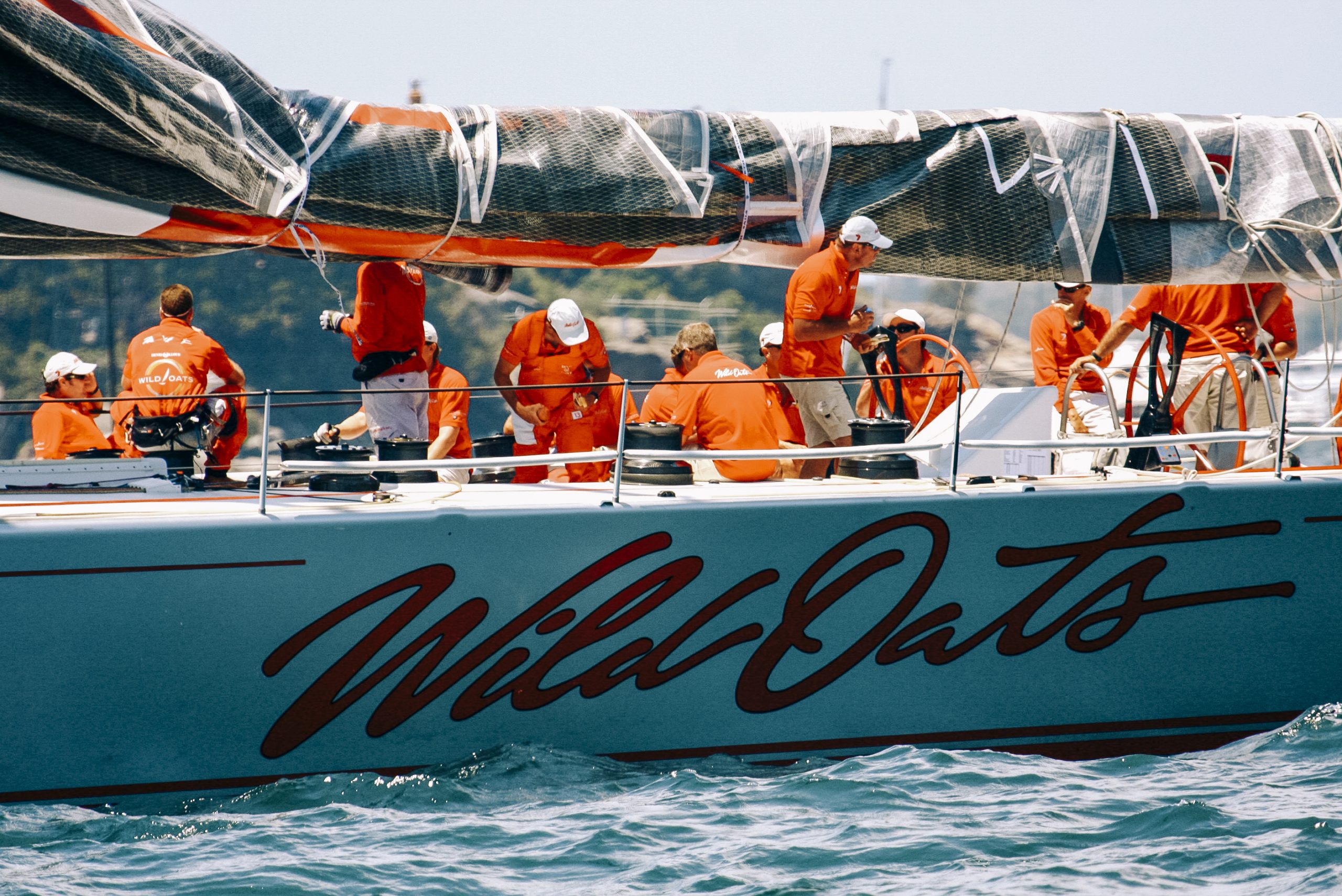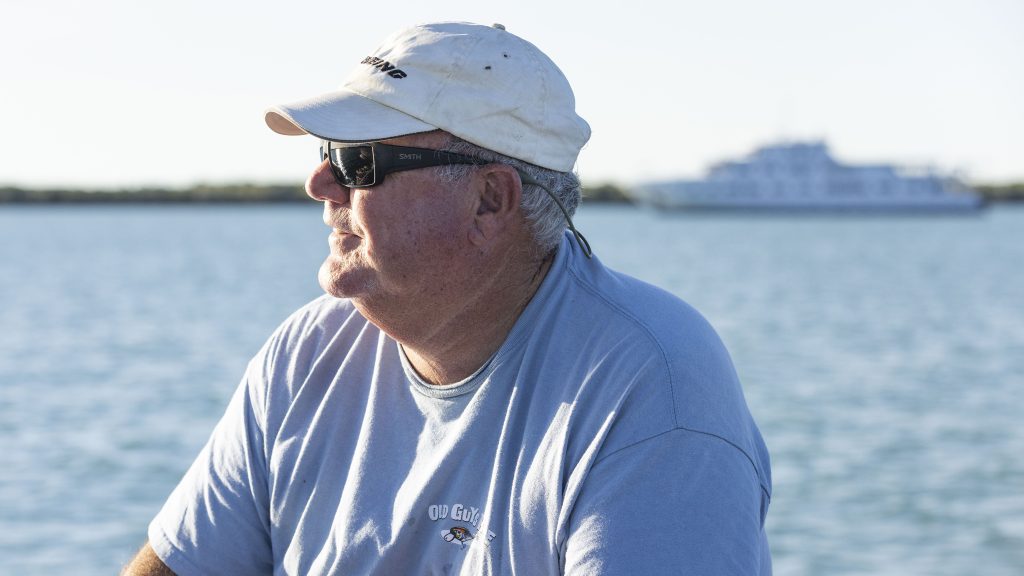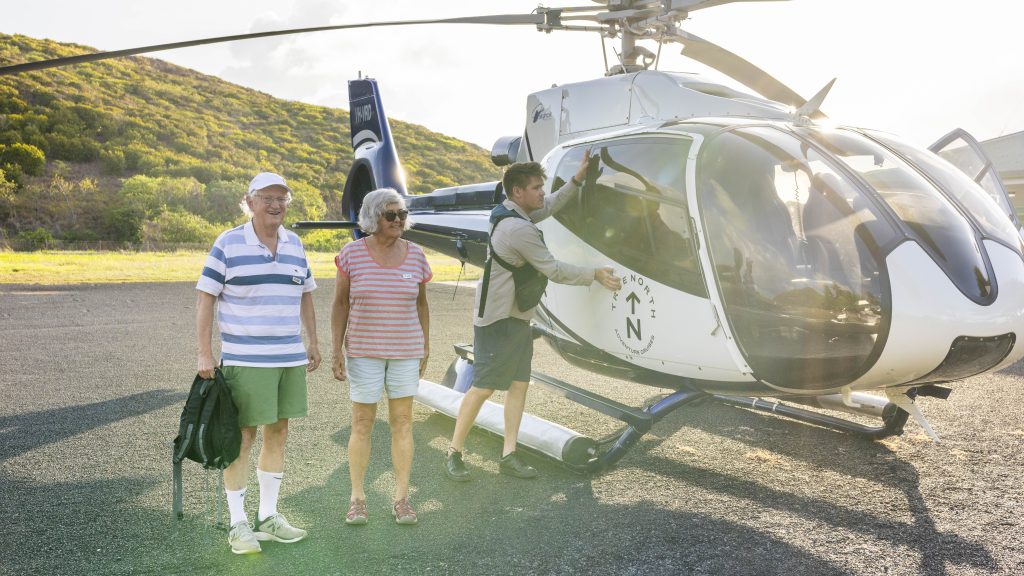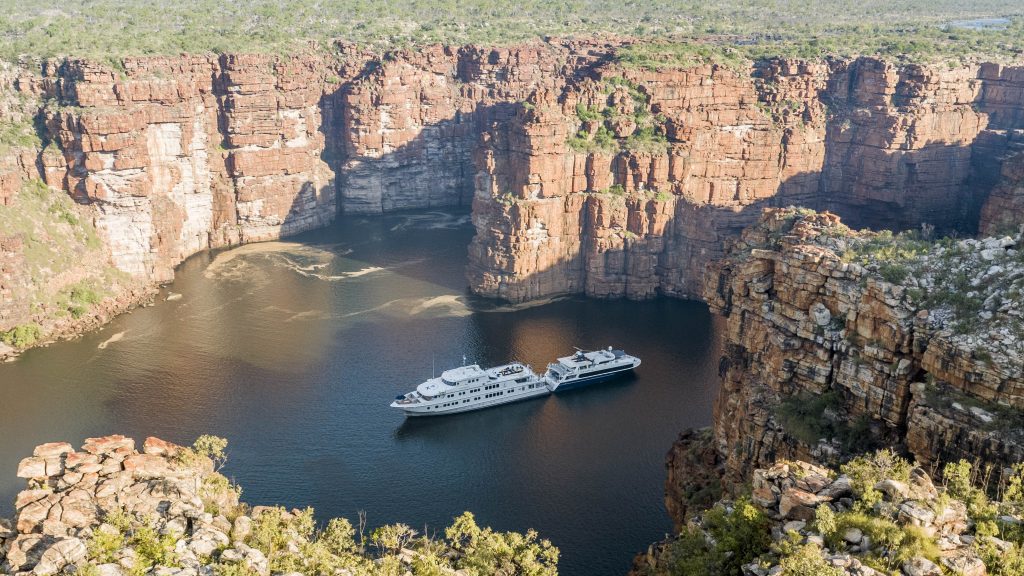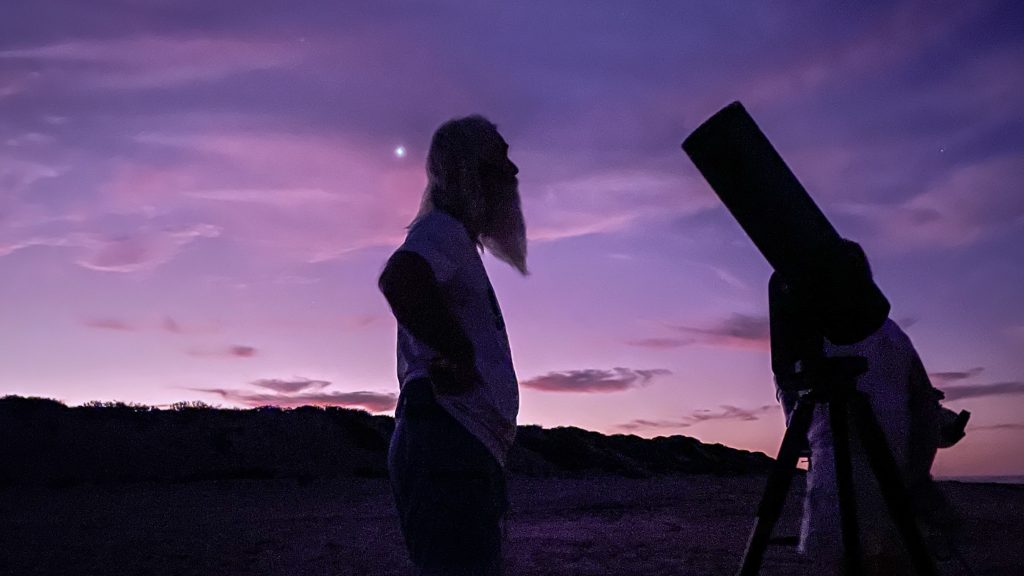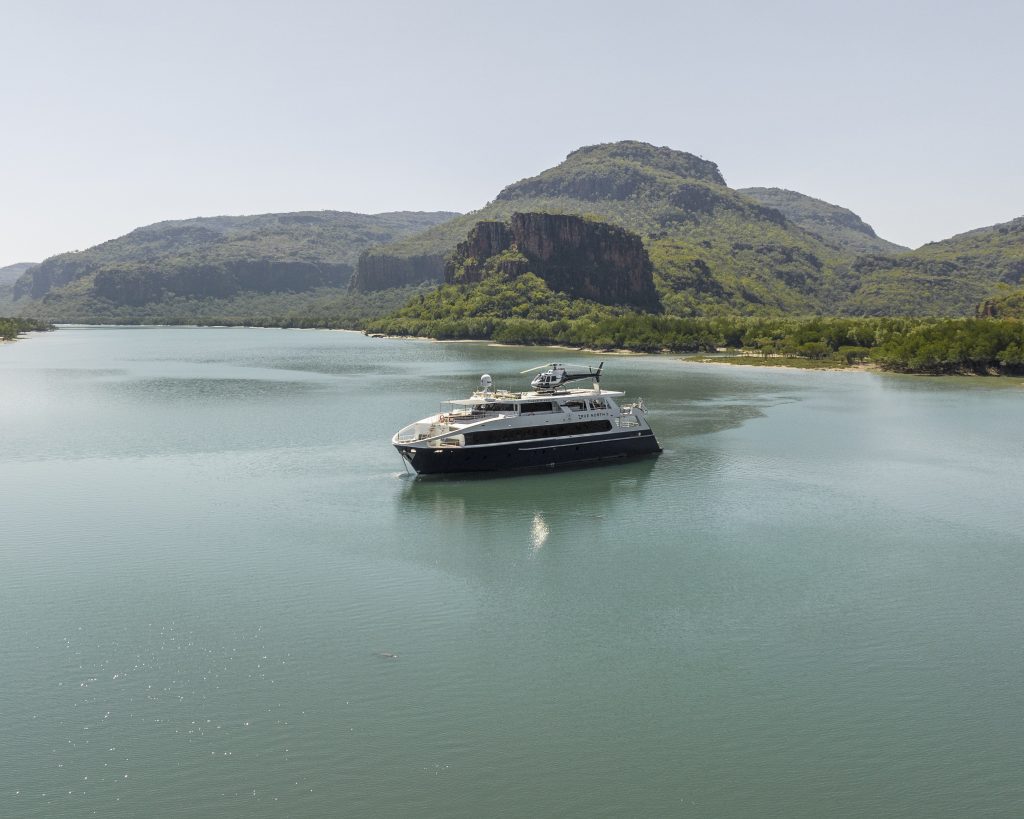It’s 30 metres long and as tall as a 15-storey building. It displaces more than 30 tonnes − and it’s one of the fastest wind-powered machines on the planet.
Be ready when this deep sea monster hurtles past you at 25 knots at the start of one of the globe’s hardest and most famous yacht races. In the open sea, and with the wind in the right place, it can approach 40 knots. That’s 74 kilometres an hour, which is a lot faster than you can legally drive a car down a suburban street.
If you have taken the TRUE NORTH’S Sydney Rocks Bluewater Classic 4 night cruise and are spending Boxing Day on the harbour for the start of the Sydney-Hobart race, you will be a few metres from all the action as several of these super maxi ocean racers show a hundred or so smaller craft the way from Sydney harbour to the Tasman Sea.
Ahead of them lie 630 nautical miles − that’s 1167km in metric language − of some of the roughest water in the world.
It is a perilous crossing to the capital of the island state of Tasmania. In 1998 a massive storm sank five yachts, killed six sailors and forced most of the survivors to abandon the race. Only 43 of the 115 starters finished and it took heroic efforts by rescuers taking incredible risks to snatch dozens of sailors from the mountainous seas.
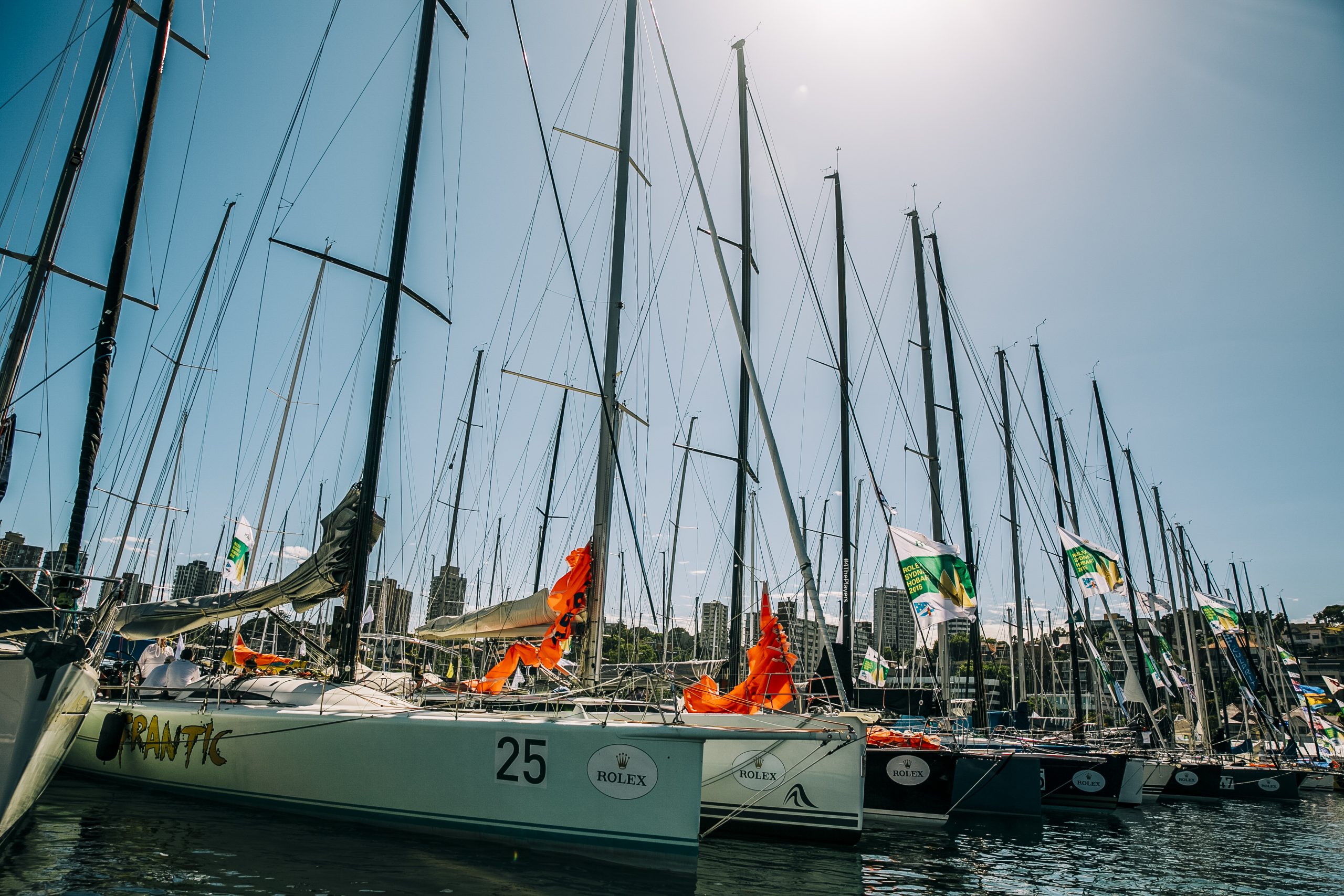
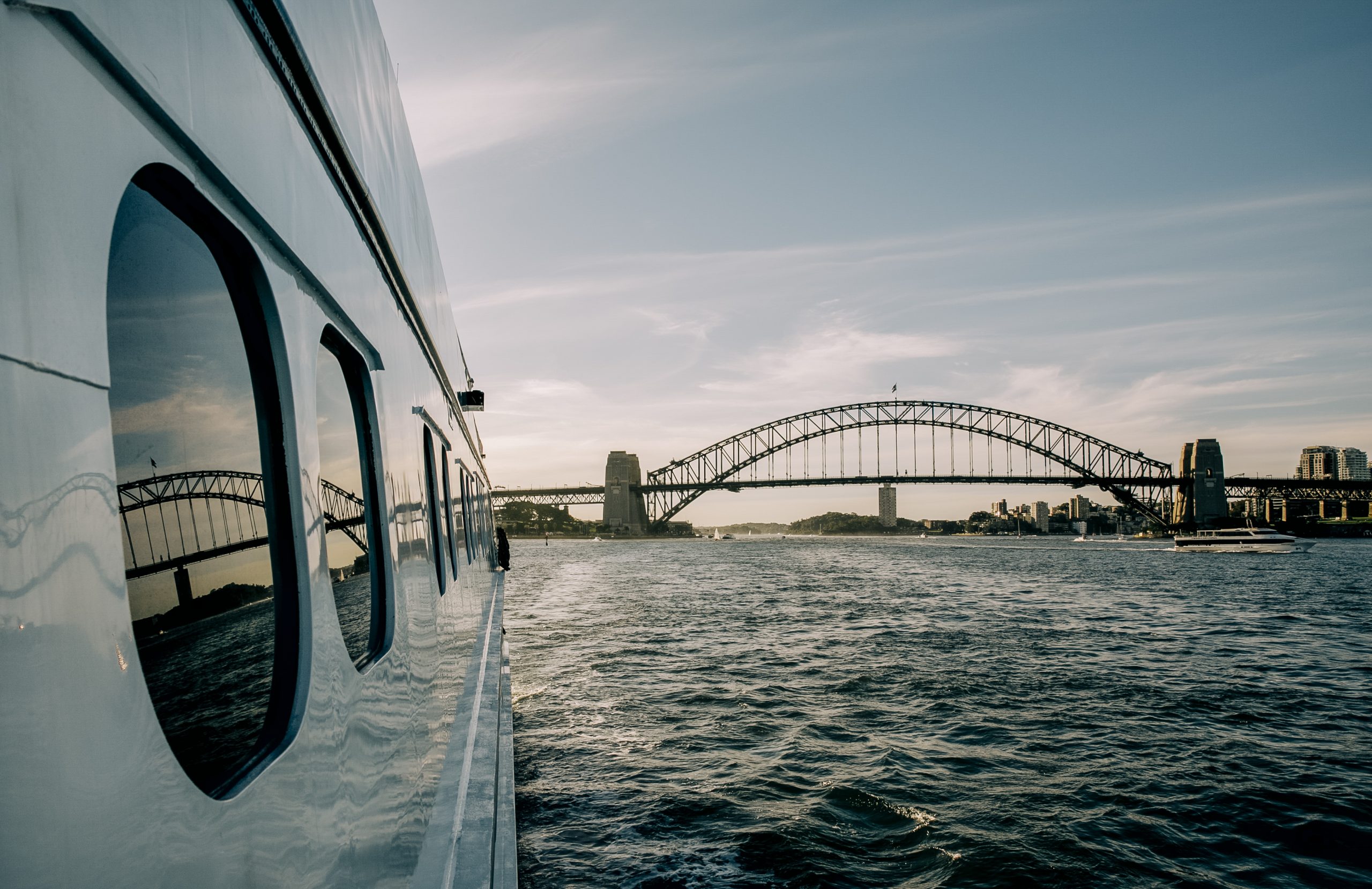
THE START
It has been described as like 10 Melbourne Cups rolled into one. Hundreds of thousands of people line the harbour and cram its waters with thousands of small boats and not so small ships.
You could fire a cannon down any of the harbour capital’s main streets today and not hit a thing. Everyone is down at the water, or on it, where they are indeed firing cannons as officials use the signal guns to warn of the looming race start.
The race starts on Boxing Day at 1pm. The guns are fired at intervals leading up to the start and tensions rise as boats jockey for the best position to cross the start line once the final gun sounds.
Helicopters clatter overhead, the crowd roars, the boats gather near the start line and the crystal waters of the harbour turn white with the wash of dozens upon dozens of racing yachts.
To the untrained eye it looks like a wild free-for-all. Hundred-foot long ocean racers play dodgem cars with each other, sailing across each other’s bows, holding course to cross a metre or two behind rivals and occasionally tangling with each other.
Cries of “veer off, veer off” and ” tack, tack” sound across the water. Then the final gun goes and more than a hundred yachts start their mad dash down the harbour towards the open sea, the fleet led by the super maxis, soon travelling so fast that the media boats and other spectator craft are struggling to keep up.
In 2014 the American super maxi Comanche accelerated so quickly at this stage that the skipper of the eventual race winner, Wild Oats XI, couldn’t help himself as his boat wallowed in its wake, exclaiming: “It’s smoking… look at that thing go. Whoo!”
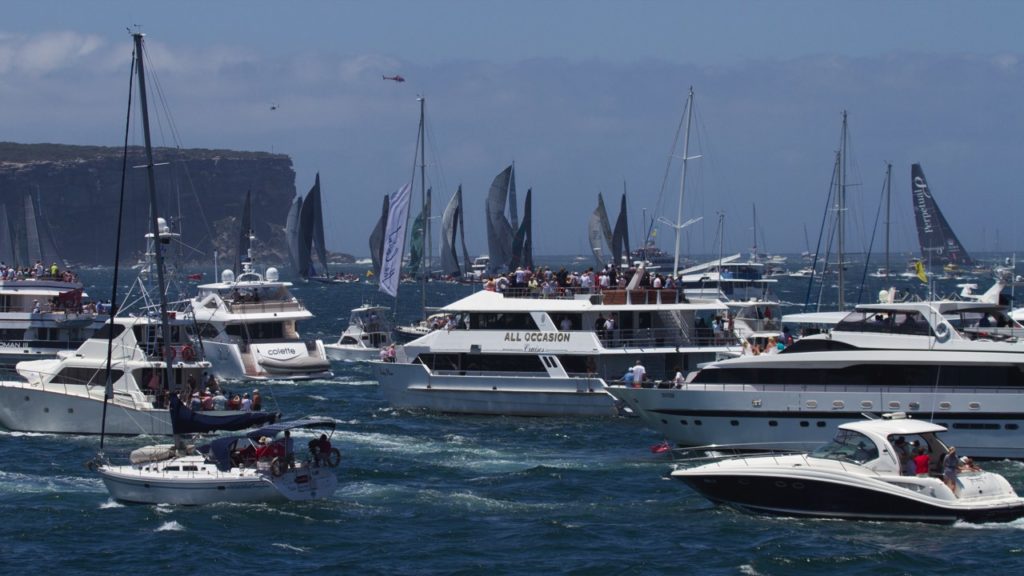
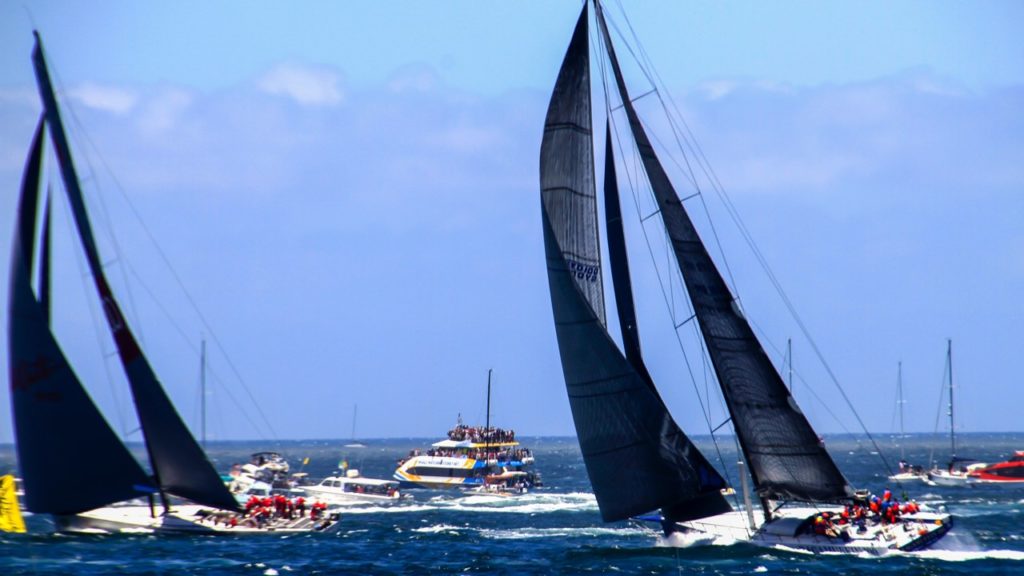
THE RACE
The Sydney-Hobart marked its 70th year in 2014, a race that saw the nine-year-old Australian Wild Oats XI secure a record eighth line honours victory after holding off a strong challenge from the brand-new American super maxi Comanche.
It costs each of the major line honours contenders millions to equip themselves for this race. There is no prize money. Not a cent, just a Rolex watch from the race sponsor for the fastest and handicap winning skippers.
Line honours, as you might expect, go to the first boat to cross the line. Last year Wild Oats XI achieved that in two days, two hours, three minutes and 26 seconds. That’s actually pretty slow for her, given that she set the record two years before in a time of one day, 18 hours, 23 minutes and 12 seconds.
The handicap race, which is for the Tattersalls Cup, is the one that interests most of the field, and carries the most prestige as the overall winner.
In 2014 that honour went to Roger Hickman’s Wild Rose, the renamed original Wild Oats from 1985. She survived two knockdowns, a broken rudder and a strong challenge from Maluka, the oldest and smallest boat in the race which was eventually beaten by the weather.
The first race was in 1945 and saw just nine boats entering. The winner, Rani, took six days, 14 hours and 22 minutes to make the crossing.
The winning skipper of the inaugural race, Captain John Illingworth of the Royal Navy, was the first of many notable international yachtsmen to win the Tattersall’s Cup, although the cup was not awarded until the following year after the second race and Rani’s name had to be engraved on the perpetual trophy afterwards.
Other winners include former British Prime Minister Edward Heath (Morning Cloud), US media tycoon and America’s Cup skipper Ted Turner (American Eagle), American Jim Kilroy (Kialoa) who also held the race record for 19 years, New Zealand winner of the Whitbread Race, the late Sir Peter Blake (New Zealand), the doyen of Australian ocean racing, Syd Fischer (Ragamuffin), and America’s Cup skipper and yacht designer Iain Murray (Bumblebee 5 and Raptor).
The line honours trophy has pretty much belonged to Wild Oats XI since 2005, and in 2007 it made history by being the first boat in more than 60 years (since Rani in fact) to win both the line and handicap honours and to break the race record in the same year.
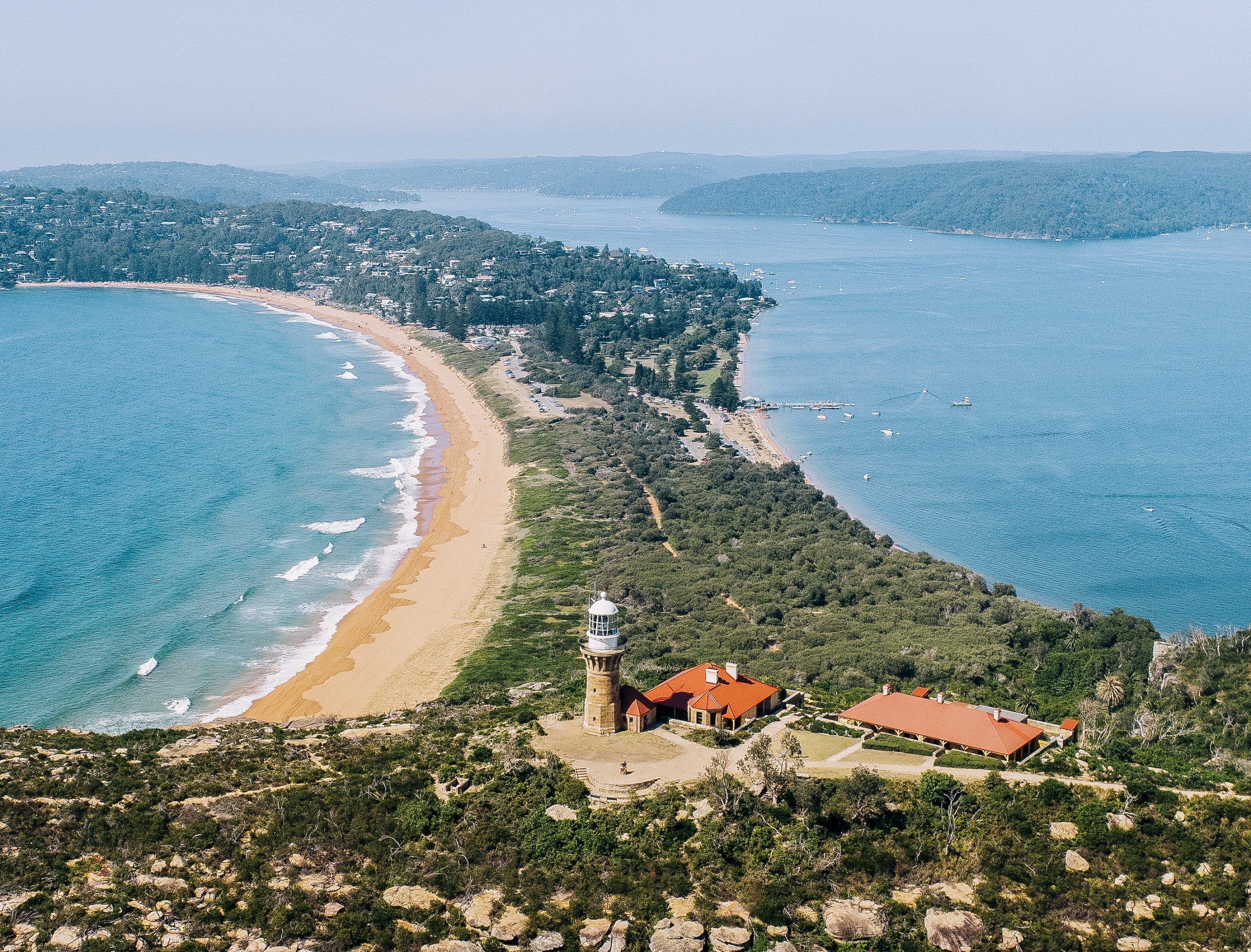
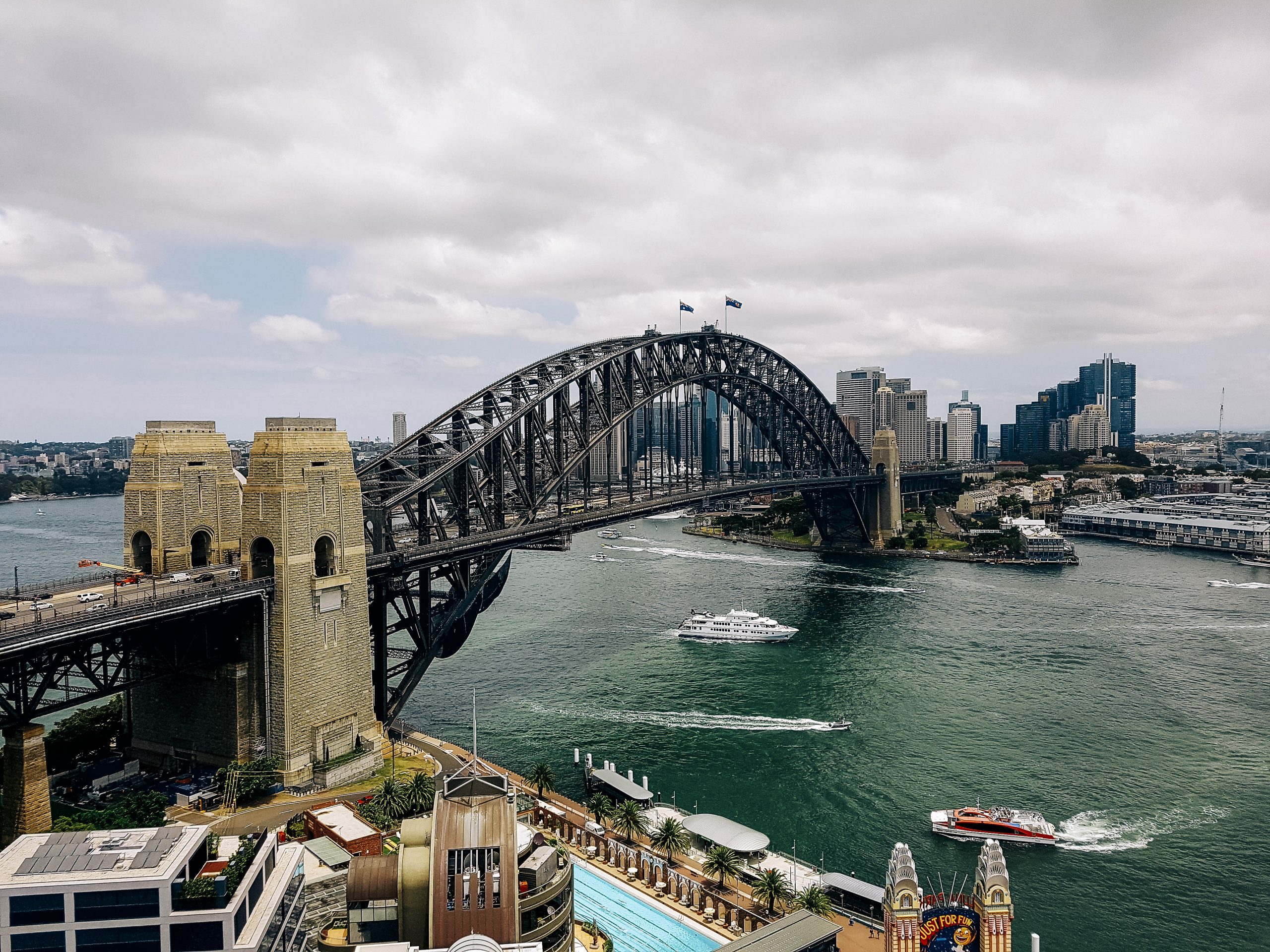
Steve Kulmar (aboard the yacht Sword of Orion), told the television documentary Into the Eye of the Storm that the approach of the tempest was: “Intense and awesomely frightening. The (wind) gusting occasionally as far as 85 knots. You’d have a sea pattern of about 12 to 14-foot seas and then all of a sudden a whole set of 30 and 40-foot waves would come through.”
Things soon got worse as the full force of the storm hit the fleet. The big super maxis were suffering but it was the smaller boats that now faced the fury of the monster that fell on the fleet.
John Flannery of Nokia: “We are on the biggest boat in the fleet and at times you’re five metres clear of the water and the waves are still four metres over your head, rolling, throwing you across the deck, smashing the lifelines, I saw people picked up and hurled into parts of the boat badly injuring themselves.”
Guy Lewis (Solandra): “We were just getting rolled, time after time, and that was really unsettling for the crew down below, and it was dangerous for the crew on top. When we were getting rolled we were getting fully rolled and the boat was virtually submerged. and so you would come up out of the water and just feel like a submarine, but there would be bodies, people flailing everywhere trying to get back to their feet and trying to get ready to sail the boat again.”
The first man to die was British Olympic sailor Glyn Charles, swept overboard from the helm of Sword of Orion by a rogue 80-foot (24m) wave that smashed into the deck and tore away his safety line before rolling the boat through a complete 360 degrees. It swamped the yacht with waist high water that killed any chance of the crew using their engine to reach their mate as he drifted away into the maelstrom, never to be seen again. The irony was the crew had already abandoned the race and were heading north for the safety of the New South Wales coast.
Five others were to lose their lives that day and night, three of them from the 56-year-old cutter Winston Churchill, the oldest boat in the race. The crew were forced into their life rafts when the boat rolled, filled with water and then sank shortly after. It was the beginning of a 28-hour nightmare which three of the crew − John Dean, James Lawler and Michael Bannister − would not survive before rescuers finally found the boat’s life rafts.
Two others died on board the Business Post Naiad − Phillip Skeggs, who became tangled in a harness and drowned when the boat capsized, and Bruce Guy, who had a heart attack.
At the height of the storm, 16 yachts were sending out distress calls and 115 lives were considered at risk. Numerous boats rolled and were dismasted. Several sank.
Overall, the rescue efforts involved 35 military and civilian aircraft and Royal Australian Navy vessels.
Helicopter crews performed unbelievable heroics, hovering low over the huge seas, knowing that engine failure meant death for all on board, returning time and again to snatch survivors from the sea. It was a miracle there were not more lives lost.
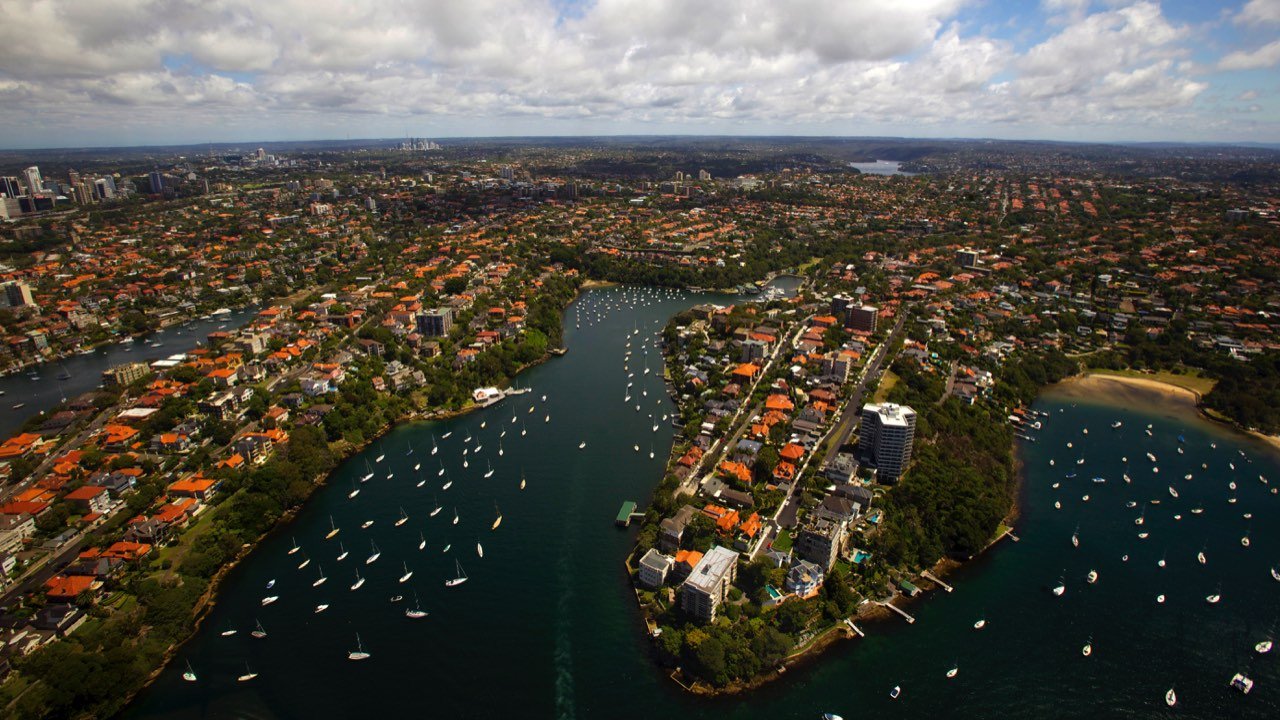
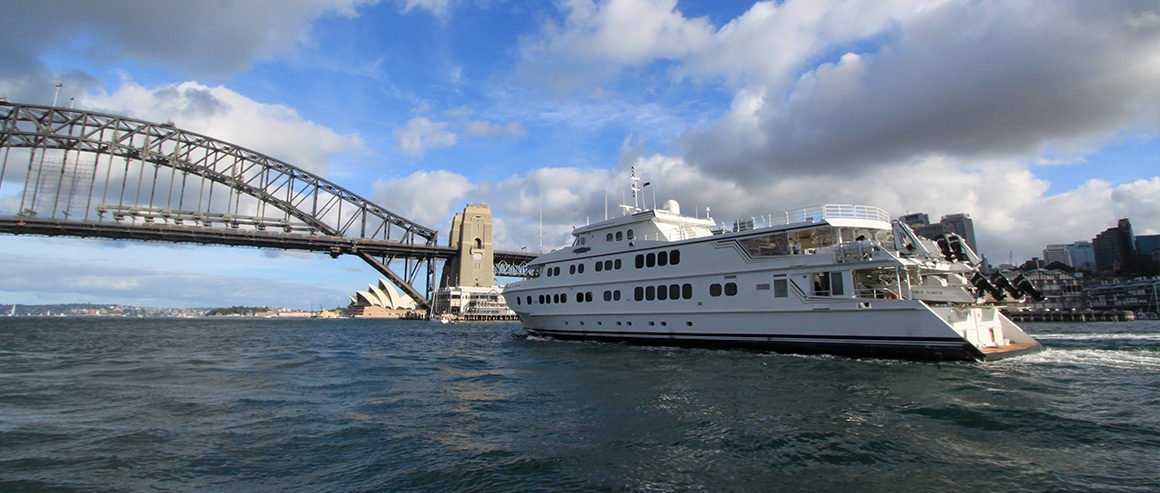
SEE ALL THE ACTION ABOARD THE TRUE NORTH
The TRUE NORTH’S Sydney Rocks Bluewater itinerary provides unique access to the Sydney-Hobart. Inspect the starters as they prepare for action in their Cruising Yacht Club pens and then head-up to the bow of the TRUE NORTH for your ‘ring-side’ seat to the starting action.
